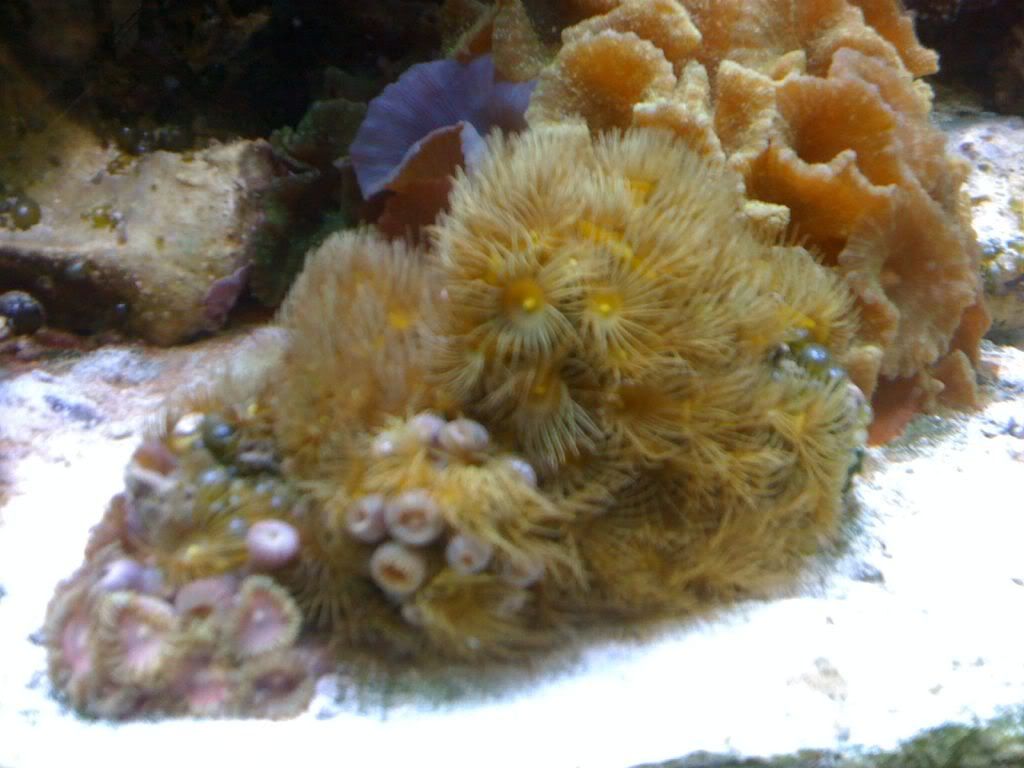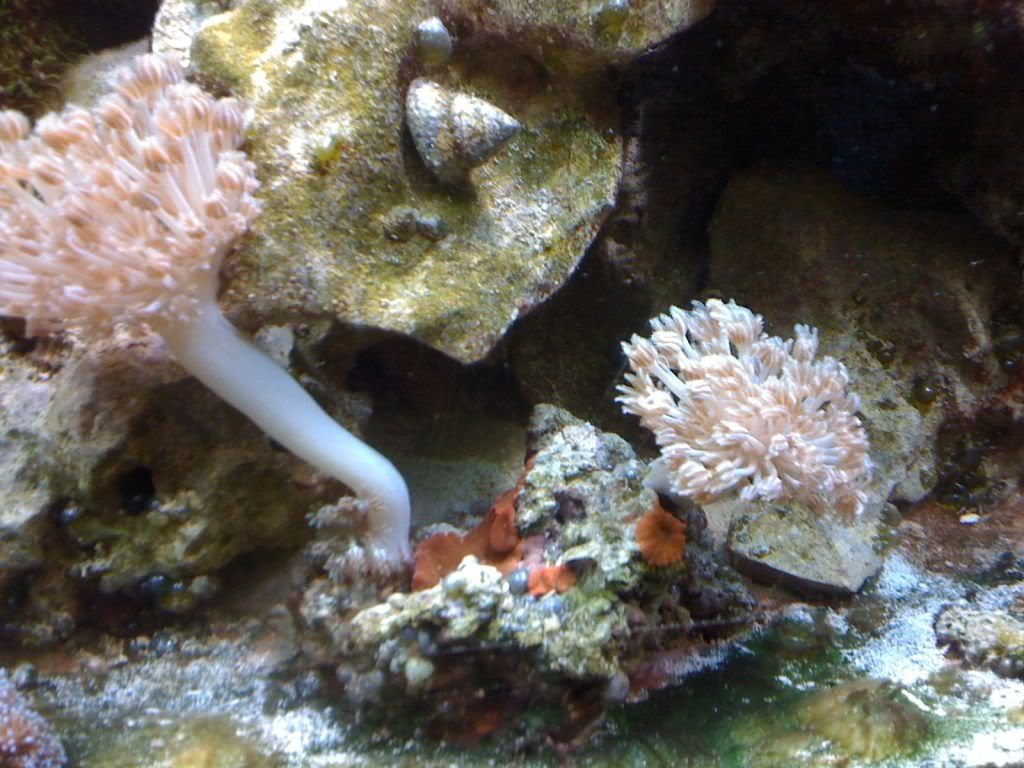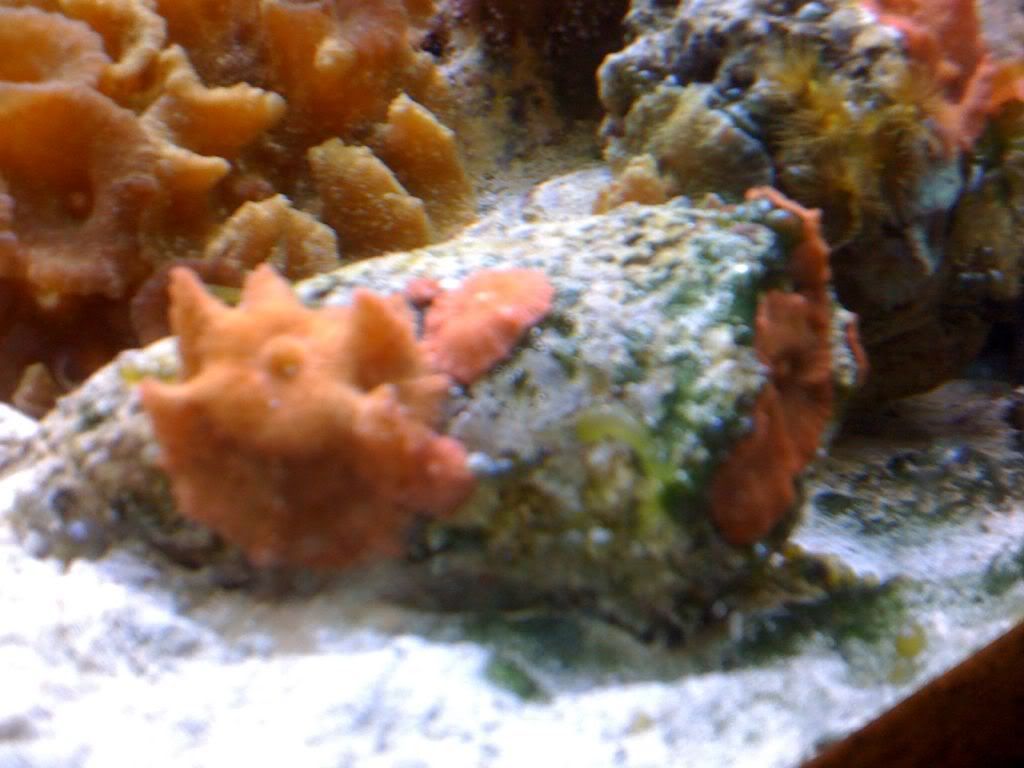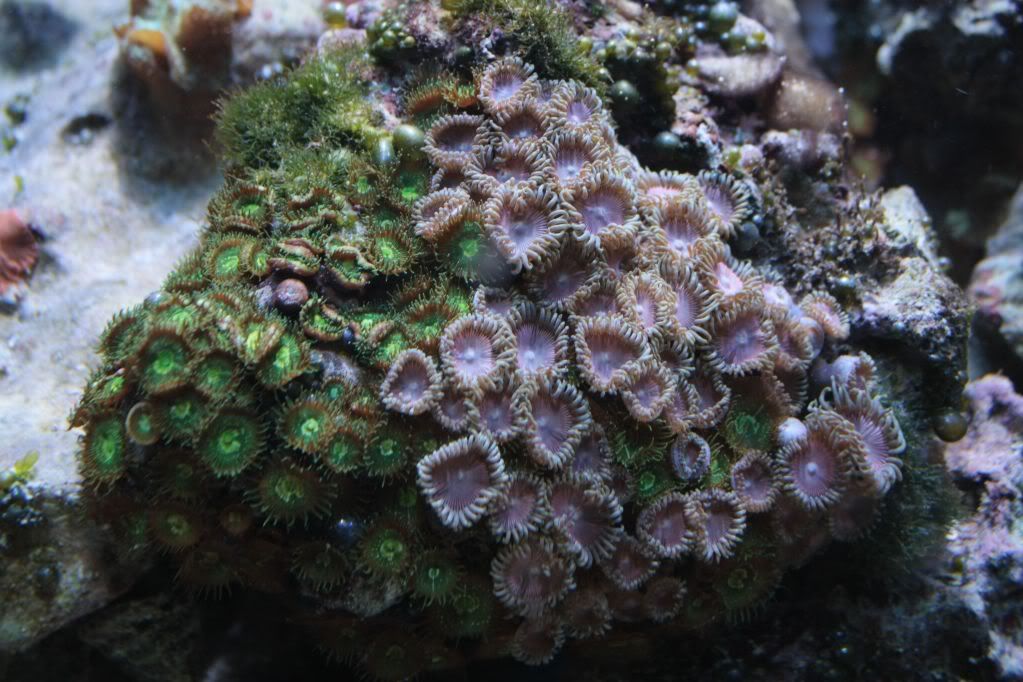-
Posts
411 -
Joined
-
Last visited
Content Type
Profiles
Forums
Store
Gallery
Events
Local Fish Stores
FAQ
Blogs
Downloads
Posts posted by PeeperKeeper
-
-
I've read in several posts here that Prof is a good source for low priced live rock and dry rock. I haven't looked at his rock myself, but I know he's a good guy.
-
I might have to have some of those Hawaiian zoas. PMing.
-
Actually, now that you say that, Dave I think that was the idea. It's been so long ago, I don't remember exactly, but it seems like someone told me a specific amount of time to wait between treatments.
Like I said, it's been years and I haven't seen a FW since.
-
I don't regularly use a maintenance company but on the few occasions I have, I've been happiest with Ty Stout over at Clear Aquarium. 512 633-5430. He does a good job and always follows up to see if I need anything else.
-
I had to use the flatworm exit several years ago, and my experience was similar to yours as far as how amazingly quickly it worked. However, I think I did have to repeat the treatment a while later. I didn't have as many delicate corals at the time as you do, so I didn't have any die off, but I do remember my GSP was mad for a long time. It wasn't nearly as bad with the second treatment.
I agree with the others as far as just keep skimming, filtering with carbon and changing water til you come out the other side. Good luck!
-
Yellow polyp/pink zoa rock sold. Thanks Liz!
-
You guys are just spoilin' your fish. Make 'em work for it, put on a show, chase that food around a bit!


Fish need exercise too. They don't need to just sit around and get stuff handed to them!

-
If you still have the Monti's, I may have to take them off your hands (or off your frag rack). Not sure if I want the red or the undata.
sending PM.
edit: Oops, just saw you had already sold the red one. I may still come by to look at the undata.
-
**** you both. I won't be able to stop by Lone Star Bakery till tomorrow.... (of course I have an in with Linda
 )
)I'll take a dozen glazed. You can deliver them to my office at Parmer and Mopac...


-
Bumping to show the price reduction. See note at the top of the first post.
-
I've been wondering the same thing, Carrie. I've never regretted getting my refractometer to measure salinity because I hated using the ones with the clear plastic thingy that were so dependent on whether or not you filled it just right. The refractometer has made water changes so much easier since it only needs a couple of drops to measure, so I'm leaning toward getting a pH probe too.
Here are a couple I came up with on a quick Google. I'd love comments from others on likes/dislikes.
http://www.drsfostersmith.com/product/prod_display.cfm?pcatid=4482
http://www.aquacave.com/pinpoint-ph-monitorbr-by-american-marine-1571.html
There are so many different kinds. I've seen gauges, monitors, and controllers. I assume gauges you just use when you want to know, monitors stay in the tank continually and give you play by play and controllers add something to raise or lower it if it gets out of range.
-
Bump.
I'm in the office today until about 2pm and tomorrow from 8:30 (could come in early if needed) til about 2pm then I'll be gone (away from computer too) until after New Years.
On the yellow polyp/pink zoa I zapped some of the yellows that were mixing into the zoas with some supersaturated saline because they seemed to be crowding out the zoas. There are still a lot of both on the rock.
Also, on the rock with the red shrooms and xenia I noticed there is also one pink zoa on the back.
-
Update? Did your little dottyback make it?
-
I bought a thermometer at Gallery that has high and low temp alarms and also timed alarms for water changes at whatever number of weeks you want it to remind you at and overhauls at whatever number of months you want to set. I don't remember how much it was, but I'm sure it was a lot less than an AquaController. Somewhere in the neighborhood of $30 I think.
-
Edit 1/11/10: During the holidays I was so busy that I hardly could have found time to meet with someone who wanted to buy, so I priced them a kinda high. Now I'm back to the routine so I'm dropping the prices. I'll be in my office every weekday, usually from 8:30am-2pm except Wed. and Thurs I stay til 7pm but leave for lunch. Call me at my office (339-2020) or PM me and I'll give you my mobile phone number to arrange pick up.
These are all pretty good size colonies on medium sized rocks.
Yellow polyps mixed with pink zoas. There are at least 30 zoas and probably over 50 yelow polyps. $30 $20 *SOLD

Red mushrooms (probably 8-10 heads) a couple of pumping xenia and 2 pink zoas. $35 $25

10 heads of Red mushrooms and at least 1 green mushroom (not shown in pic) $35 $25

This particular rock is not for sale, but it's a better pic of what the pink zoas look like and I do have a small frag of the same green paly's as are in this pic which is for sale. The frag has about 7 heads on it and it is $20 $10.
If anyone can ID the green paly's, let me know. They're nice and bright. I was thinking of calling them PacMan if they don't already have a name because they have a little pacman shape on them, but that one might be taken.

The tank is in my office, which is Parmer Eye Care in the HEB shopping center at Parmer and Mopac. The office phone number is 512 339-2020 but if you PM me your phone number I will give you my mobile number, which is a better way to reach me to arrange pick up. The office will be open Tuesday, Wednesday and even in the morning on Thursday (Christmas Eve). Closed Friday-Sunday of course. Then the week between Christmas and New Years I will only be here Monday and Tuesday until 2pm. After New Years we'll go back to normal business hours (8-6 M-F, and 8-7 Wed. and Thurs).
-
Reefcleaners.org classifies the Bumble Bee Snail as "bad." Quoted from reefcleaners - Sold as a sand stirrer, it eats the micro fauna in your sand that makes it "live".
Great, and I thought I liked my pretty bumblebee snails.
-
Thanks for making this post. I'm having what I've been assuming is a cyano problem too. Dark green, just on the sand, seems to vary with the amount of time the lights have been on. It's worst first thing in the morning and seems to get better after the lights have been on a while. Cyano, right?
I think my problem might be overfeeding. I only have 5 fish in a 75G and we've been giving 2 frozen cubes OR a pretty large pinch of flake food (alternate days) except Saturdays and Sundays when the office is closed and there's no one to feed. However, I haven't noticed a difference in Monday mornings versus any other day in the amount of cyano. I'm going to cut the amount we feed in half anyway just to see if that helps.
Maybe I'll direct my powerheads more at the bottom too. I have a very shallow sand bed, and it's been getting shallower as I've been peeling the mats off the surface, which takes some sand too.
-
I would put the corals in bags like they are normally shipped to the LFS in, and pack them in the bags in a styrofoam ice chest. Aren't they usually in the bags for 24 hours when they are shipped? I think I've heard that they sometimes supersaturate those bags with oxygen, but I don't think that's always the case. I could be wrong about the oxygen thing. Would that affect the pH?
-
Good luck with your treatment. Is Acro absolutely the only thing red bugs live on? I only have one piece of acro, but I've also got some birdsnest, rainbow monti and a couple other SPS. I didn't dip the acro I've got, but I will from now on. Can you tell me how to do the dip? It's Lugol's that you use, right? How do you mix it?
-
Watchman gobies can get kinda big IMHO for a nano, and I think the chromis are a type of damsel and subject to the same aggression issues mentioned above. I love the little Clown Gobies though, and Percs are so cute. Have you thought about a firefish? Of the 6 fish in my tank, the firefish is the only one who is always out front instead of hiding, and he always stays in the same spot so he doesn't seem to need much room.
If I had a nano, I would make most of the coral in it zoas. I'd get all different colors: pink, blue, green, orange, etc.
Good luck! It'll be fun stocking your tank, but make sure you're patient and don't introduce more than one or at the most two new organisms at a time so your bacterial bed can keep up.
-
Chris, is the 2 part from BRS a better deal than the one they refill at Aquatek for (I think) $3.99? I believe the brand is DT's.
-
I'd go with sand=gooder, crushed coral=badder.
That's partly because I like sand sifter gobies (even though I don't have one in my tank now).
-
 1
1
-
-
Oh, and GSP might not be a bad idea. It is generally tough as far as surviving, but it can also act as kind of a canary in the mine because it will tend to close up if something isn't right. With a small tank, the challenge is that things change much faster. Concentrations of different chemicals can spike suddenly because there's not much water to dilute them. I mean think about a fish pooping in a thimble versus a the same fish pooping in a swimming pool. Also the temperature can change quickly because of the low volume, same is true of pH, calcium, etc. So if you notice one of your corals refusing to open or anything looking different, that would be a signal to check everything right away.
Back on the small vs large tank conversation, the smaller tank can be more expensive in the long run because when you lose an inhabitant, whether it's a coral or fish, snail, etc. it can crash the whole thing because one dead organism can muck up all the water. So then you find yourself replacing everything in it, whereas on a larger tank it wouldn't have been an issue. So try to hold back on adding any more living things for a while, whether it's a fish, a snail or a coral. I know it's hard, especially in the beginning when you just can't wait to have all these cool things in the tank, but you have to go really really slow with that size tank. Each time you add something new, your itty bitty bacterial bed has to grow to meet the new demand of that organism.
-
Current inhabitants are 1 turbo snail, 1 turban snail and 1 50 cent cleaner shrimp.
Don't I see some more inhabitants in there? I see some zoas and is that some type of SPS on the bottom? Don't forget that corals are animals even though they don't move. How is your water chemistry? Has the Ammonia and Nitrites had their spike and gone to zero? How are your nitrates? pH? Doing such a small tank, you'll need to keep an EXTREMELY close watch on those levels, especially here in the beginning and especially if you're going to do corals.




My yellow watchman goby has change color
in Reef Keeping
Posted
That's an interesting article. So are you really thinking of trying to breed them? Have you raised fish in the past?